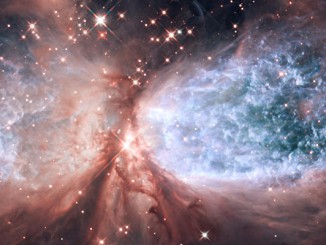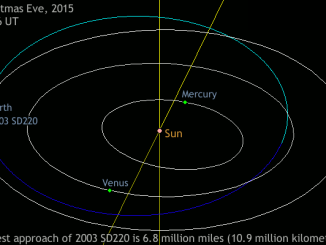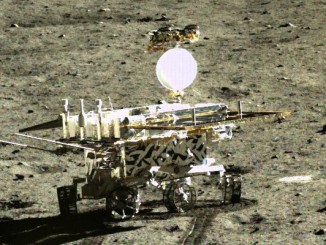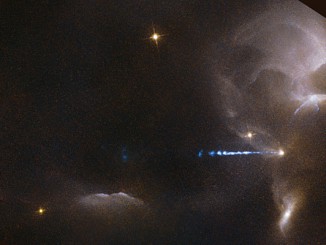
Hubble finds a festive snow angel
The bipolar star-forming region Sharpless 2-106 some 2,000 light-years away in the constellation Cygnus looks like a soaring, celestial snow angel in this image from the NASA/ESA Hubble Space Telescope. Twin lobes of super-hot gas, glowing blue in this image, stretch outward from the central young and massive star. This hot gas creates the “wings” of our angel.









